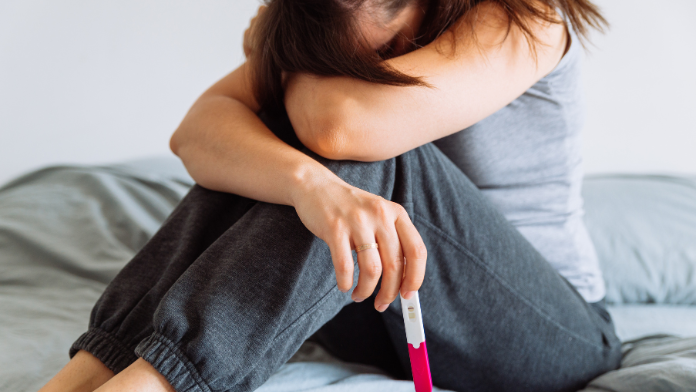Wrong lifestyles, environmental pollution, pathologies, social conditioning and psychological factors: there are many problems that can impact a couple’s fertility. According to the latest report from the World Health Organization, published in April 2023, one in six people in the world (17.5%) is affected by infertility. This makes trying to get pregnant particularly difficult regardless of the country or resources available. Even as regards Europe, the estimates are similar: the infertility rate in the population is around 16.5%.
Fertility: endocrine disruptors put it at serious risk
Also threatening female and male fertility are endocrine disruptors, on which attention is being paid especially in recent times. Also called endocrine disruptors or disruptors, endocrine disruptors are natural or synthetic chemical substances with which we live without our knowledge every day, capable of altering the normal functioning of the endocrine system, turning off, on or modifying the signals sent by hormones. This can cause adverse effects on the body.
As you know Mario Mignini Renzinimedical contact for the clinical aspects of the Eugin Centers in Italy and head of the PMA Center of the Casa di Cura La Madonnina in Milan, their interference on sexual hormones can have harmful consequences on fertility, as well as on the embryo and the possibilities of implantation. During pregnancy, however, endocrine disruptors can cause one inadequate development of the fetus and cause an alteration of the reproductive, neuroendocrine and immune systems, which will manifest itself throughout the child’s life.
Endocrine disruptors: what are they and where are they found?
WHO has classified more than 800 substances as endocrine disruptors. They are found almost everywhere: in the air, in food products, in cosmetics, in clothing, in medicines, in furniture, in computers and in plastic. A very high quantity is taken in with food. As reported by the Veronesi Foundationthe European Union has drawn up a list of the main endocrine disruptors, with the related sources of origin.
polycyclic aromatic hydrocarbons: present in exhaust fumes, cigarette smoke but also in grilled meat and smoked food products;
benzene: it can form in exhaust fumes and cigarettes, in forest fires and in agricultural residues;
dioxin: in the combustion of waste, especially plastic; the products most exposed to the risk of contamination by dioxin, which is fat-soluble, are butter and fatty fish, milk and its derivatives;
phthalates: in PVC, in take-away food cartons but also in nail polishes, adhesives and paints;
perfluorinated: in plastic materials, paper, textile fibers and leather, fire-fighting foams, cosmetics, household goods;
bisphenol A: in toys, bottles, sports equipment, medical and dental devices, spectacle lenses, optical media, household appliances, protective helmets, lining of food and drink cans;
octylphenol and nonyphenol: traces of it have been found in some types of fish caught in the Tyrrhenian Sea; it is present in detergents, in cleaning products eliminated with waste water, in cosmetics;
polychlorobiphenyls: in products from industrial processes, they are mainly found in milk, butter, eggs, fish;
alkylphenols: in shampoos, cosmetics, spermicides, detergents, fruit and vegetables or packaged in plastics and films;
tributiltina: in pesticides, wood and fabric preservatives, air conditioning systems;
perfluoroctanic acid: Teflon, non-stick pots and pans.
Fertility: how to protect yourself from endocrine disruptors?
To protect your fertility (but not only), it is therefore necessary to change some habits, in order to limit the negative influence of endocrine disruptors. In this regard, Professor Mignini Renzini suggests 6 changes to be implemented immediately.
Draw up one list of products that are commonly used and that contain endocrine disruptors and gradually start replacing them. For your own personal hygiene, it would be best to use natural or organic products, without chemical preservatives. For those who have time and desire, there are quick and easy beauty routine recipes, such as body scrub with salt and olive oil, face scrub with bran and olive oil, nourishing mask with egg, honey and olive oil and anti-wrinkle mask with avocado and yogurt. For the House, natural and effective products should be used such as vinegar, baking soda or black soap, with which to clean in a healthy and ecological way. As for food, when possible it would be better to bring it to the table foods from organic farming. In general, you should always check food labels before purchasing. Fresh or frozen products are preferable to canned foods. For food storage it would be better opt for glass or ceramic jars, eliminating plastic ones as much as possible. Physical activity is essential to promote the elimination of toxins and body perspiration. Among the recommended activities are walking, cycling, yoga and swimming.
